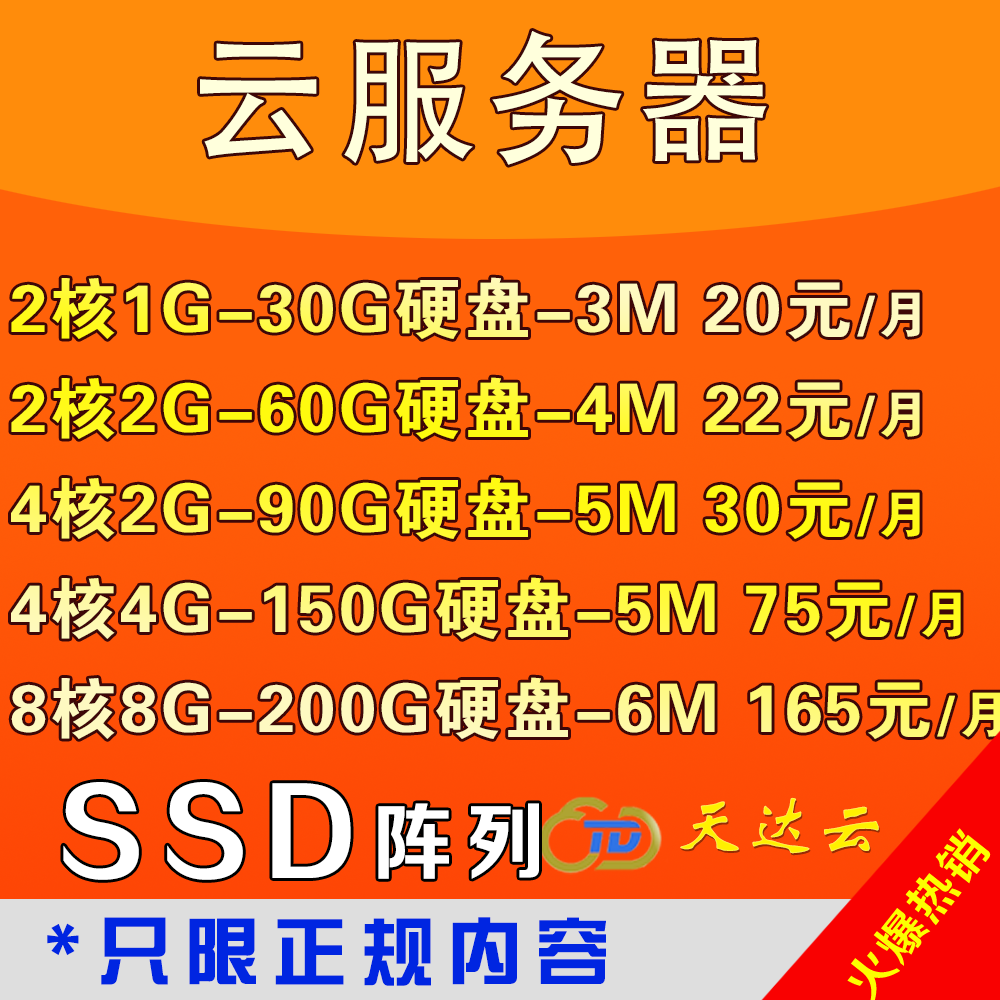javascript定义对象写法(拾掇)
日期:2014-05-16 浏览次数:20502 次
javascript定义对象的几种简单方法
1.构造函数方式,全部属性及对象的方法都放在构造方法里面定义
优点:动态的传递参数
缺点:每创建一个对象就会创建相同的方法函数对象,占用大量内存
function User1(name, password) {
this.name = name;
this.password = password;
this.login = function(name,password){
if(this.name == name && this.password == password) {
return true;
}else {
return false;
}
};
}
2.原型方式,将对象属性及方法定义都写在对象的prototype里面
优点:每次创建对象时都是使用相同prototype中的方法,不会占用重复的内存
缺点:无法动态传递构造参数
function User2() {
}
User2.prototype.name = "prototype name";
User2.prototype.password = "prototype password";
User2.prototype.login = function(name,password){
if(this.name == name && this.password == password) {
return true;
} else {
return false;
}
};
原型方式的另一种写法:
格式:
var 对象名 = {};
??? 对象名.prototype.变量1=变量1的值;
??? 对象名.prototype.变量2=变量2的值;
??? ……;
??? 对象名.prototype.函数1= function() {
?????? 函数体
??? };
??? 对象名.prototype.函数2= function() {
?????? 函数体
??? };
??? ……;
说明:
(1)?????? 初始对象体内可以不定义任何东西;
(2)?????? 在要定义的变量前加“对象名.prototype.”的格式;
(3)?????? 对象的内容与值以等号分隔,成对出现;
(4)?????? 包含的变量或者函数之间以分号分隔,也可以省去分号。
(5)?????? 函数需要写在function(){}的大括号之内。
例子:
var data = {};
?? data.prototype. name ="Vicky”;
??? data.prototype. age =20;
??? data.prototype. eat = function() {
?????? alert(‘I wanna eat meat’);
??? };
??? data.prototype. sleep= function() {
?????? alert(‘I wanna sleep’);
};
3.构造及原型混合方式,将属性定义写在构造方式里面,方法写在prototype里面
优点:综合了construct及prototype方式的优点,可以动态传递构造参数,并且方法函数对象也只创建一个
缺点:函数写在对象外面,不太符合面向对象的思想
function User3(name,password) {
this.name = name;
this.password = password;
}
User3.prototype.login = function(name,password) {
if(this.name == name && this.password == password) {
return true;
} else {
return false;
}
};
4.动态原型方式:加一个判断属性,来判断该对象是否已经被创建过,如果被创建过,则方法就不在构建
优点:将原型函数写在对象定义里面
缺点:不支持继承
function User4(name,password) {
this.name = name;
this.password = password;
if(typeof User4.__initialized == "undefined") {
User4.prototype.login = function(name,password){
if(this.name == name && this.password == password) {
return true;
} else {
return false;
}
};
User4.__initialized = true;
}
}
5、JSON方式/对象直接量
格式:
var 对象名 = {
???????????? 变量1: 变量1的值,
???????????? 变量1: 变量1的值,
???????????? ……,
??????????? 函数1: function() {
??????????????? 函数体
??? ??? ??? },
??? ??? ??? 函数2: function() {
??????????????? 函数体
??? ??? ??? }//Note:最后的逗号要去除为了和IE兼容。
};
说明:
(1)?????? 大括号内直接填写变量或者函数;
(2)?????? 对象的内容与值以冒号分隔,成对出现;
(3)?????? 包含的变量或者函数之间以逗号分隔;
(4)?????? 函数需要写在function(){}的大括号之内。
例子:
var? 对象名 = {
?????? name:??? “Vicky”,
?????? age: ??? 26,
?????? eat: function() {
????????????? alert(‘I wanna? eat meat’);
?????? },
?????? sleep: function() {
????????????? alert(‘I wanna sleep’);
??? ??? }
};
注释:类似的方式也叫做匿名类
匿名类举例:????
{
??? index: '//',
??? reg: new RegExp('^//.*$'),
??? css: "comment"
}
上面的方式创建了类,只是没赋给一个变量而已。
6、create方式
该方式利用了Prototype JavaScript组件库。
格式:
?????? var 对象名 = Class.create();
?????? Object.extend(对象名.prototype, {
??????????? 变量1: 变量1的值,
??????????? 变量1: 变量1的值,
???????????? ……,
??????????? 函数1: function() {
???????????????????? 函数体
??? ??? ??? ??? },
??? ??? ??? 函数2: function() {
???????????????????? 函数体
??? ??? ??? },
……
});
说明:
(1)?????? 对象的创建使用了Prototype库中的Class.create()函数;
(2)?????? 对象的内容使用Prototype库中的Object.extend()函数来扩展;
(3)?????? 被扩展的对象在传入Object.extend函数时一定要带上prototype,
(4)?????? 扩展内容被大括号包含,其内与JSON方式的定义格式完全相同。
例子:
?????? var data = Class.create();
?????? Object.extend(dta.prototype, {
?????? name: "Vicky",
?????? age: 20,
?????? eat: function() {
????????????? alert(‘I wanna eat meat’);
?????? },
?????? sleep: function() {
????????????? alert(‘I wanna sleep’);
?????? }
?????? });
